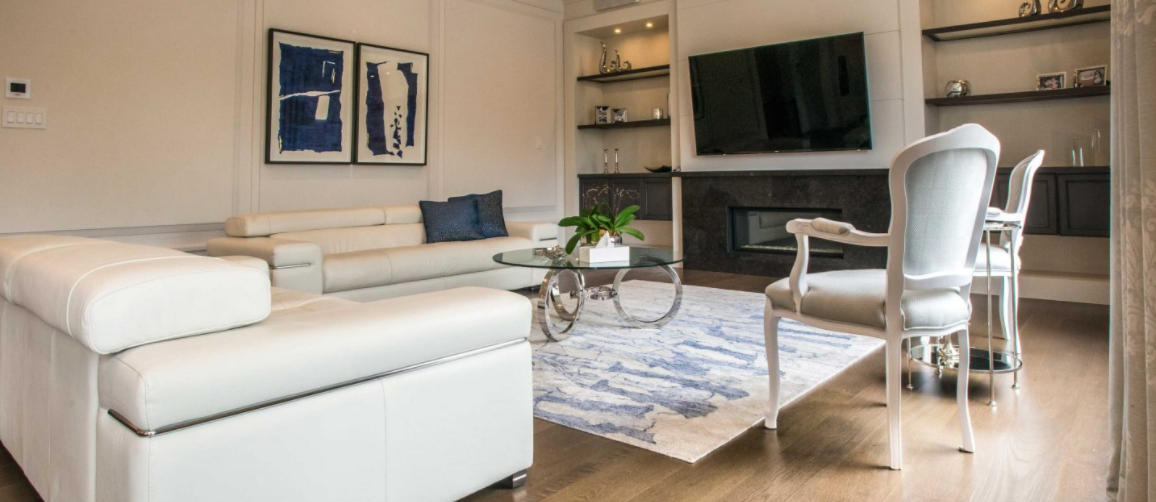Installing hardwood floors into a home is a very popular choice. However, when it comes to deciding what type of hardwood floors, homeowners can choose between solid hardwood flooring and engineered hardwood flooring. Finding the best type of hardwood flooring for your home comes down to several key factors.
There was a time when solid hardwood floors were seen as the only true type of hardwood. But there has been a major shift in perception in recent years and engineered hardwood flooring now makes up the lion share of the wood floor market.
Key Differences Between Engineered Hardwood and Solid Hardwood
Although both flooring options offer the same timeless look and add a sense of warmth and design, engineered hardwood flooring and solid hardwood flooring have a few key differences when it comes to structure and performance.
Structural Composition
Engineered wood flooring is manufactured from three or more layers of high or medium-density fibreboard with an old-growth hardwood top layer. The layers are bonded together using heat and pressure.
Solid hardwood is produced by milling real hardwood trees and solely using that material to make this type of flooring.
Sustainability
Engineered wood flooring, such as European Flooring’s luxury flooring collections, use older-growth, precious hardwood for the surface layer, and a newer-growth wood for the support layer to ensure structural stability. Using the valuable wood for only the top layer means engineered wood covers to five times the surface area of solid wood.
Solid wood floors use more wood for each plank, which means more trees used per square foot. Solid hardwood also comes in a wider range of wood species such as hickory and pine, but these are also some of our most precious, mature trees. If you choose solid wood flooring, be sure to work with a company that can provide you with sustainably harvested wood.
Resistance to Moisture and Climate Change
Engineered hardwood flooring doesn’t shrink or expand much as solid hardwood, which makes it resistant to warping and cupping. For that reason it’s considered very strong and stable. While you still need to be smart about how wet your engineered hardwood becomes, it can handle higher moisture levels than solid hardwood and is suitable to be installed in kitchens, some basements, and over concrete floors. If you install hardwood flooring in your home, it’s important to maintain the humidity level in your space to ensure there isn’t too much moisture.
Solid and engineered hardwood can shrink and expand depending on the humidity level in your home although solid hardwood is more prone to damage from moisture. In the dry winter weather, hardwood floors can shrink. When there’s more moisture in the air, during spring and summer months, hardwood can expand. Whoever installs hardwood floors must have enough experience to leave the right amount of space for the natural expansion and contraction. If you choose solid hardwood, it is important to know how damaging moisture can be. Installing this type of flooring where moisture levels could be high is not recommended, as there is the potential for mould and water damage.
Making The Right Choice
In the end, it comes down to your personal preference. As mentioned, engineered hardwood is a very popular choice due to its versatility, durability and the increasing number of choices when it comes to the type of wood and the finishes available. European Flooring offers engineered wood flooring in a variety of surfaces and finish treatments, including wide plank and white oak. Our expert team can help you make the right choice when it comes to installing new flooring in your Toronto home. Contact us at (416) 967-9200 or visit our designer showroom to get started.





